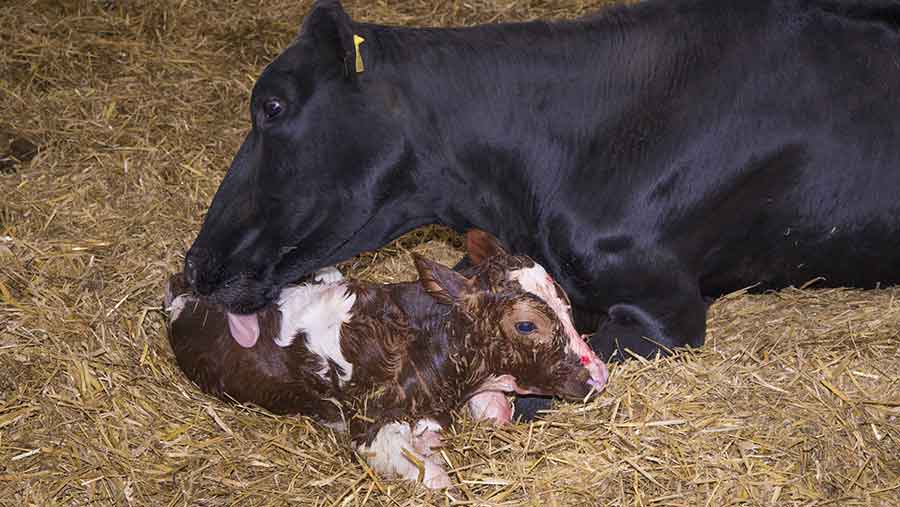Dip in cow immunity near calving not prioritised, says survey
 © FLPA / John Eveson/REX/Shutterstock
© FLPA / John Eveson/REX/Shutterstock Despite immune suppression at calving being recognised by farmers as a main cause of mastitis, addressing it is not prioritised, a survey has found.
Nearly three-quarters of farmers correctly identified immune suppression at calving as a leading cause of mastitis, the survey found. It was conducted on behalf of Elanco Animal Health and involved 200 UK farmers and 172 dairy vets.
However, addressing the dip in immunity around calving was not high on the list of farmer priorities – barely making it into the top 10 herd health concerns.
This is despite 94% of vets and 72% of farmers surveyed ranking mastitis as the leading herd health concern for dairy producers, and 95% of farmers recognising the importance of managing the calving period for herd health.
“Most dairy producers are aware their cows are more vulnerable during calving, but don’t focus on why this is the case. At the moment, we spend far too much time fixing ‘broken cows’ rather than focusing on prevention,” says Alistair Macrae, a vet a lecturer at the University of Edinburgh.
“There is a real opportunity for farmers to address immune suppression as a key cause of their most problematic dairy healthcare issues.”
See also: Nine top facts to help you control mastitis
The survey also found some farmers incorrectly associate transition diseases such as ketosis, milk fever and displaced abomasum with immune suppression.
Elanco says this could explain why more than one-third of farmers have not discussed immune suppression with their vet.
“An important take-away message from these survey results is that farmers need to start asking their vet about how they can address immune suppression at calving and take some practical steps,” says Francis Cosgrave, dairy farmer and technical vet at Elanco.
“Having that conversation is the first step towards a more proactive approach to transition cow management, which will help to decrease costly diseases post-calving while supporting their cows’ potential for future production.”
